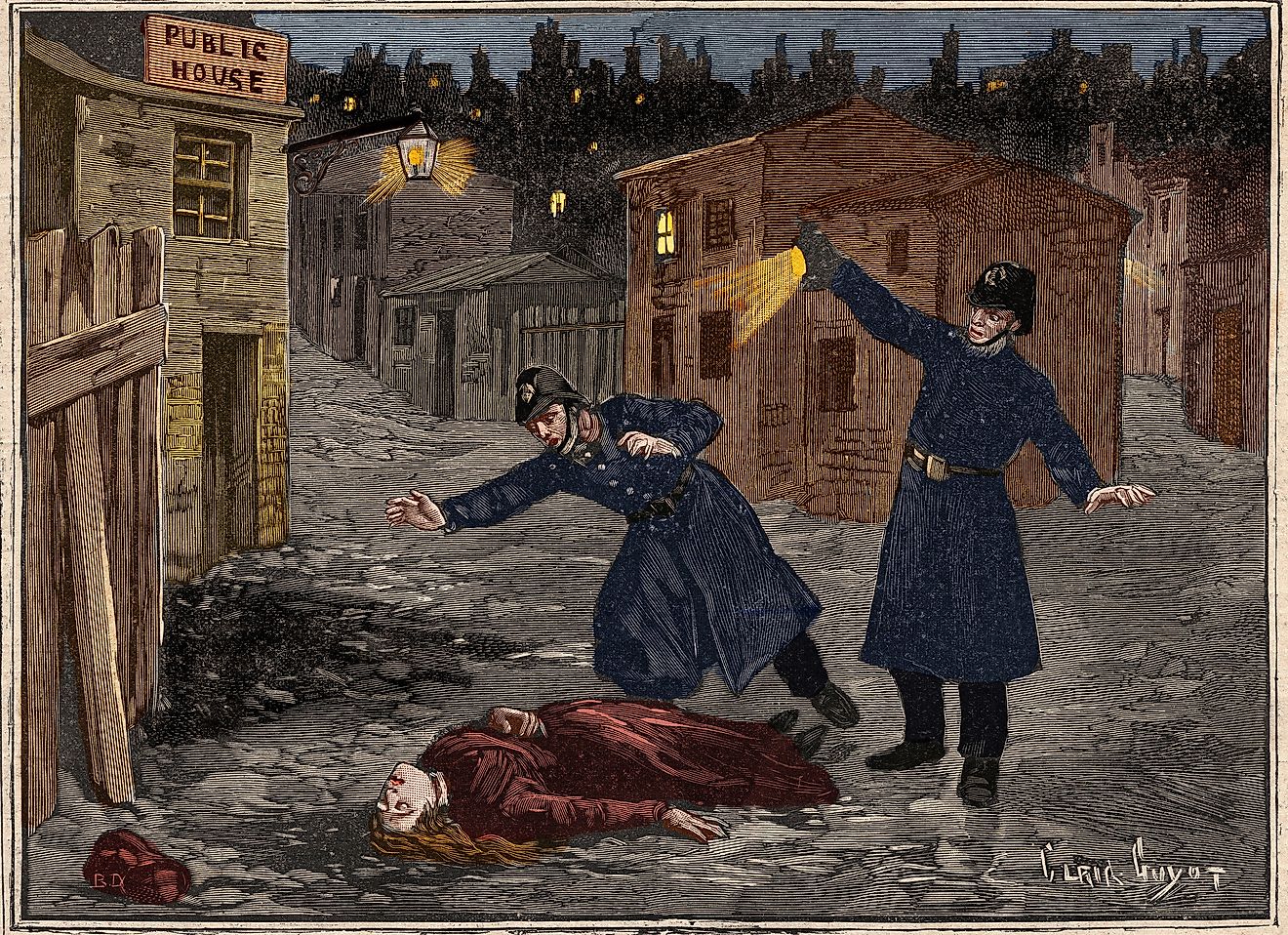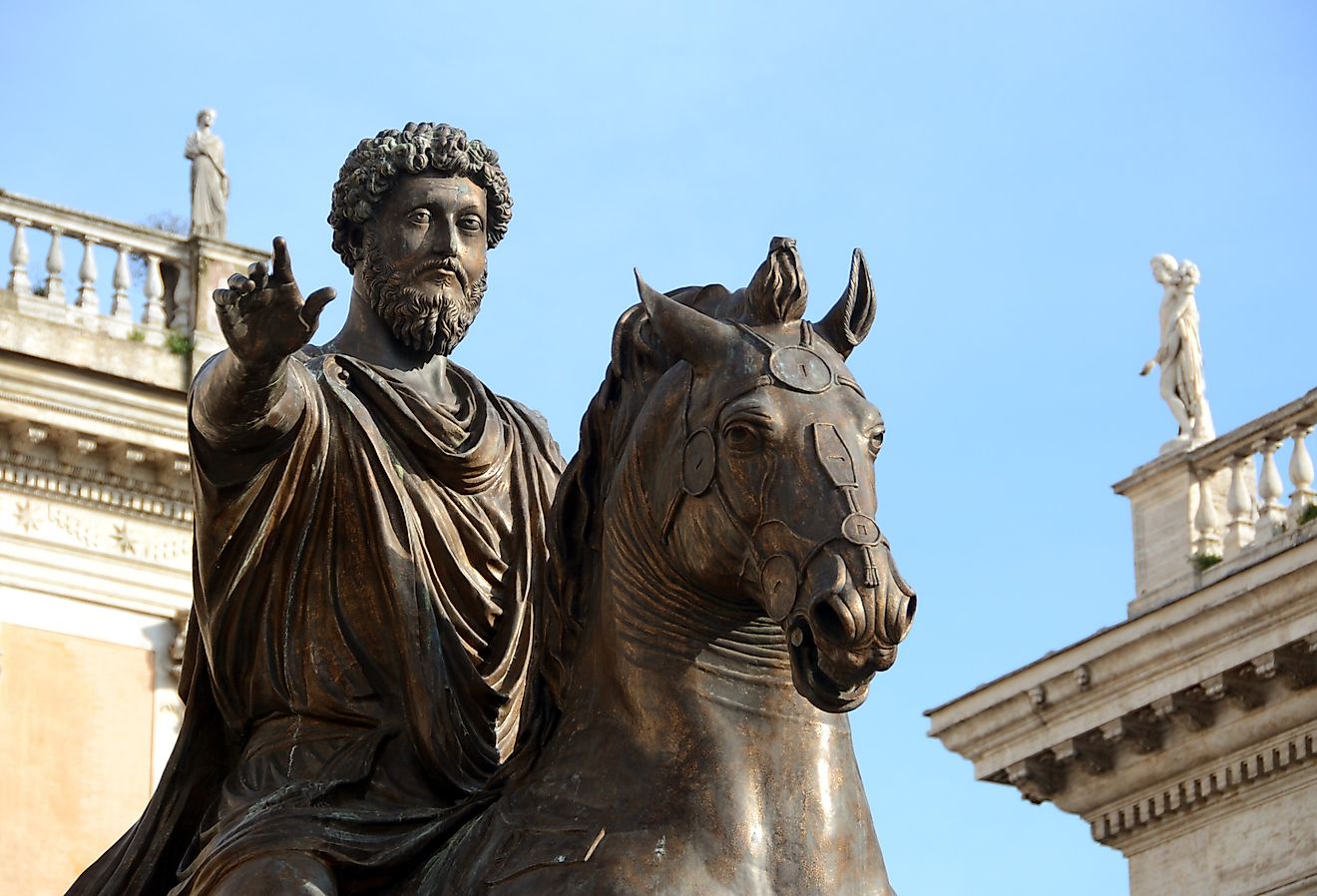Copenhagen, Denmark - City Spotlight
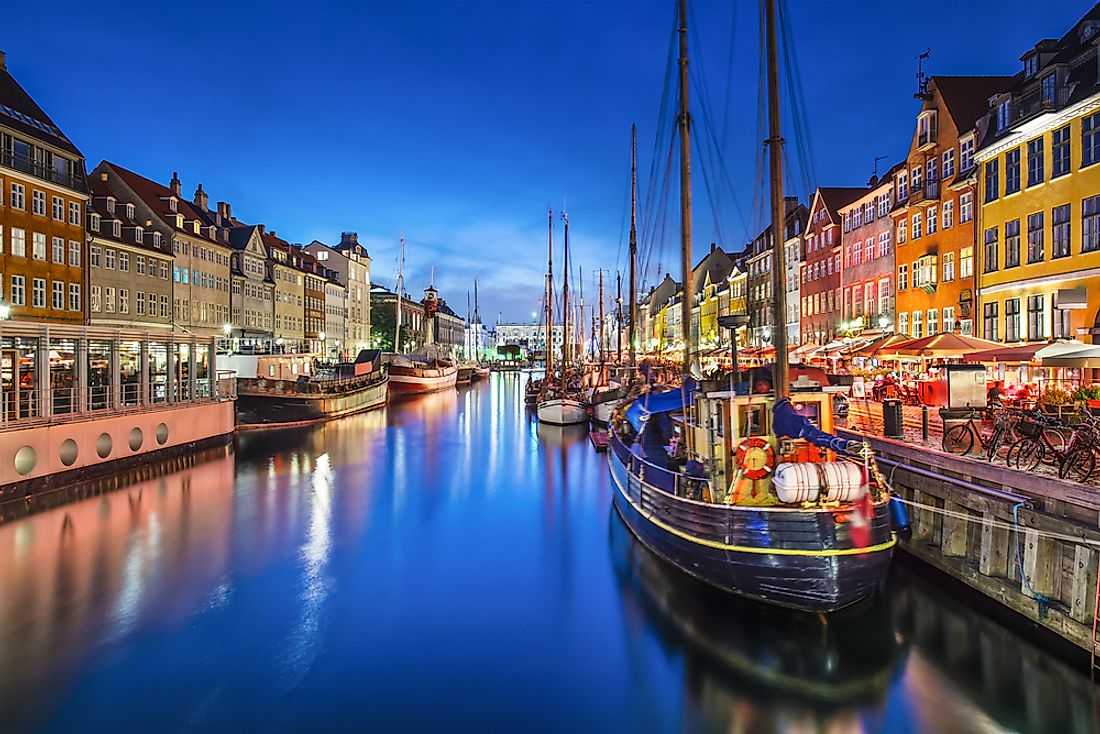
Copenhagen is the largest city in Denmark, as well as its capital city. It has been ranked among the happiest cities on Earth while Denmark was ranked the second happiest country in the world after Norway.
5. Population

According to the World Population Review, the larger metropolitan area of Copenhagen had a population of 1.99 million as of January 2017. The city had a population of approximately 583,000 and a population density of 18,000/square mile and accounted for 10% of the country's population. The city’s density is 45 times denser than the nation's average density. Approximately 73% of the population is of Danish origin. There are about 41,000 immigrants from western countries and about 56,000 immigrants from non-western states. The majority of residents belong to the Lutheran Church of Denmark. There are about 150,000 Muslims, most of who reside in Nørrebro and Vestegnen. It is estimated that the population in the city will rise to 715,000 by 2030 and 755,000 by 2040.
4. Landmark
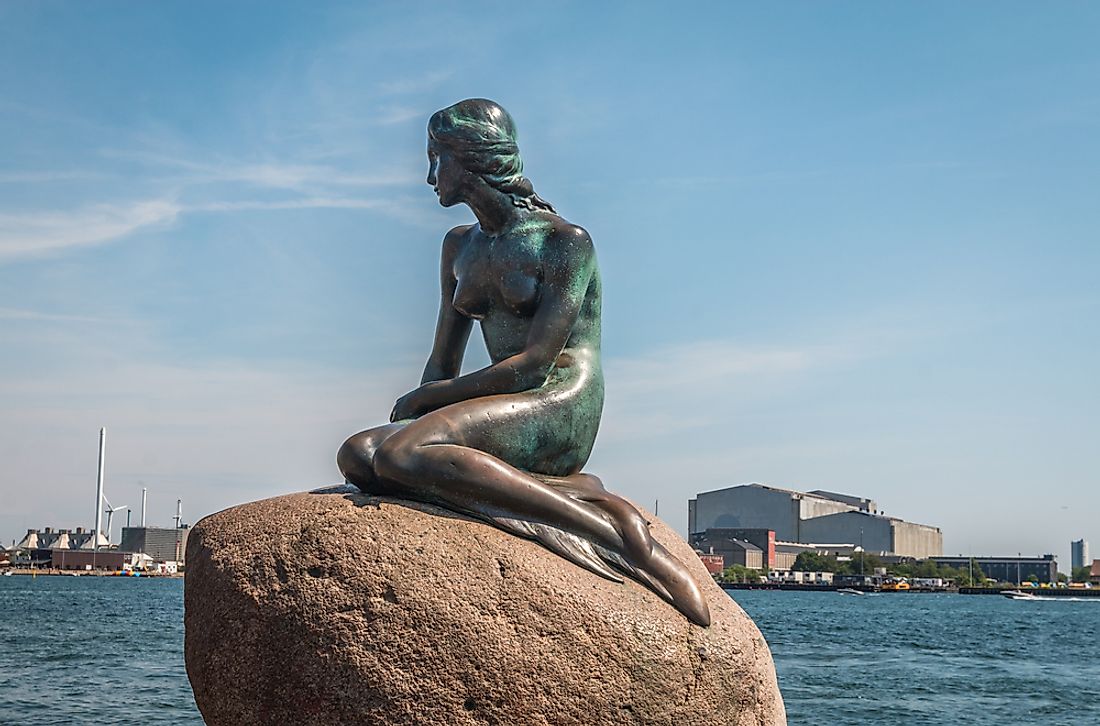
Copenhagen is a city that has embraced ancient and modern culture which has led to distinct landmarks. One of the landmarks is Christiansborg Palace which is located on the island of Slotsholment. It is the third palace in a series of successive palaces that began in 1167. It houses the office of the Prime Minister, Parliament, and the Supreme Court. Another landmark is Tivoli Gardens which dates back to 1843. The amusement park is fitted with a roller coaster, a hall of mirrors, and the famous Moorish-styled concert hall that lights up at night. The Little Mermaid is an iconic statue that is a must visit for all tourists. It was created in 1913 by Edvard Eriksen based on one of Christian Andersen's fairy tales.
3. Cultural Significance
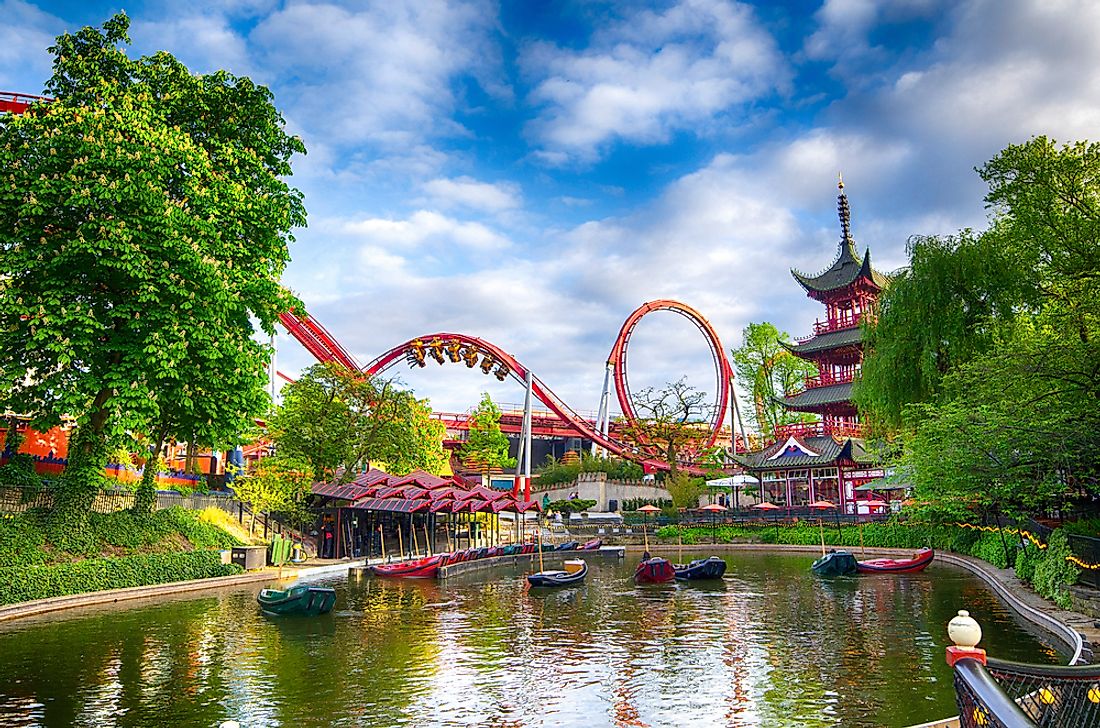
Copenhagen is not only a capital city, it is also a cultural hub. A huge investment in culture and infrastructure has transformed the city to become a world class city, similar to Barcelona and Amsterdam. The National Museum stores the country's cultural and archeological history while the National Gallery present collections of art dating back to the 12th century. The city’s concert hall houses 1,800 people and hosts various music festivals and concerts. Nightlife in the city is characterized by loud music and lots of bars, in fact, the city has one of the highest numbers of bars per capita in the world.
2. Climate
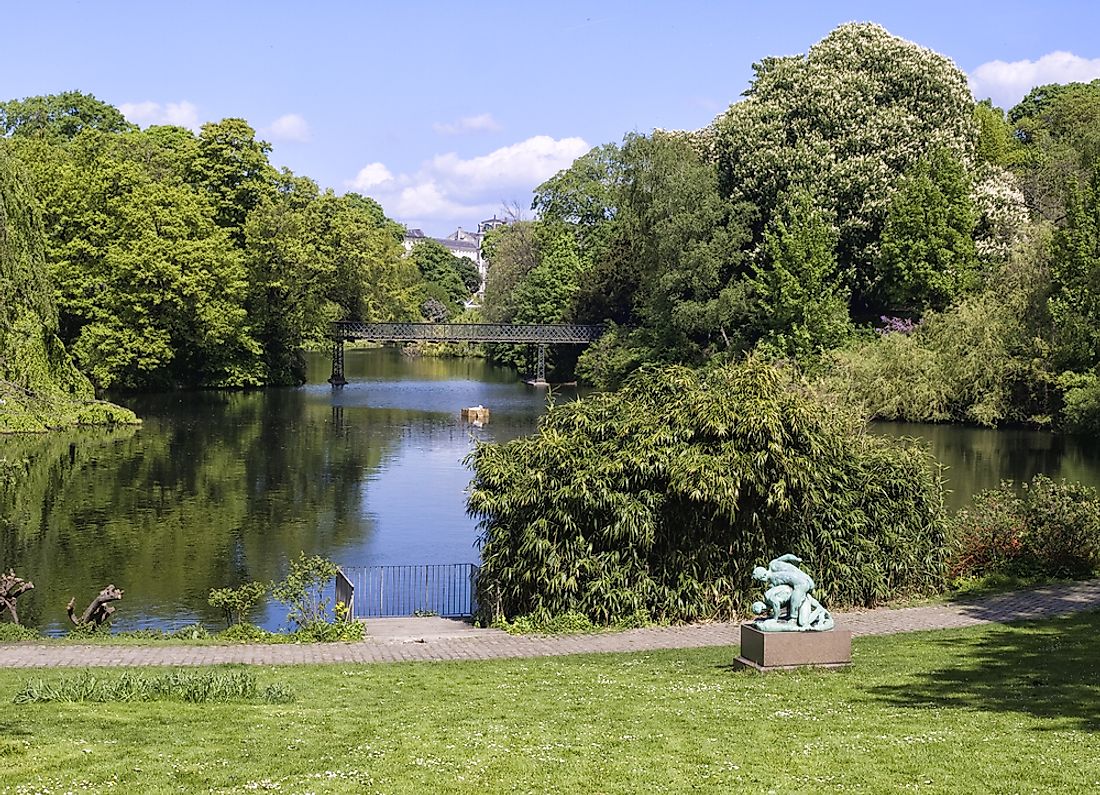
The city experiences an oceanic climate. Low-Pressure systems from the Atlantic cause fluctuating weather conditions. Higher rainfall is recorded from July to September, while the city experiences a snowy winter from late December to early March. June is the sunniest month and July is the warmest. February is the driest month of the year.
1. Famous People
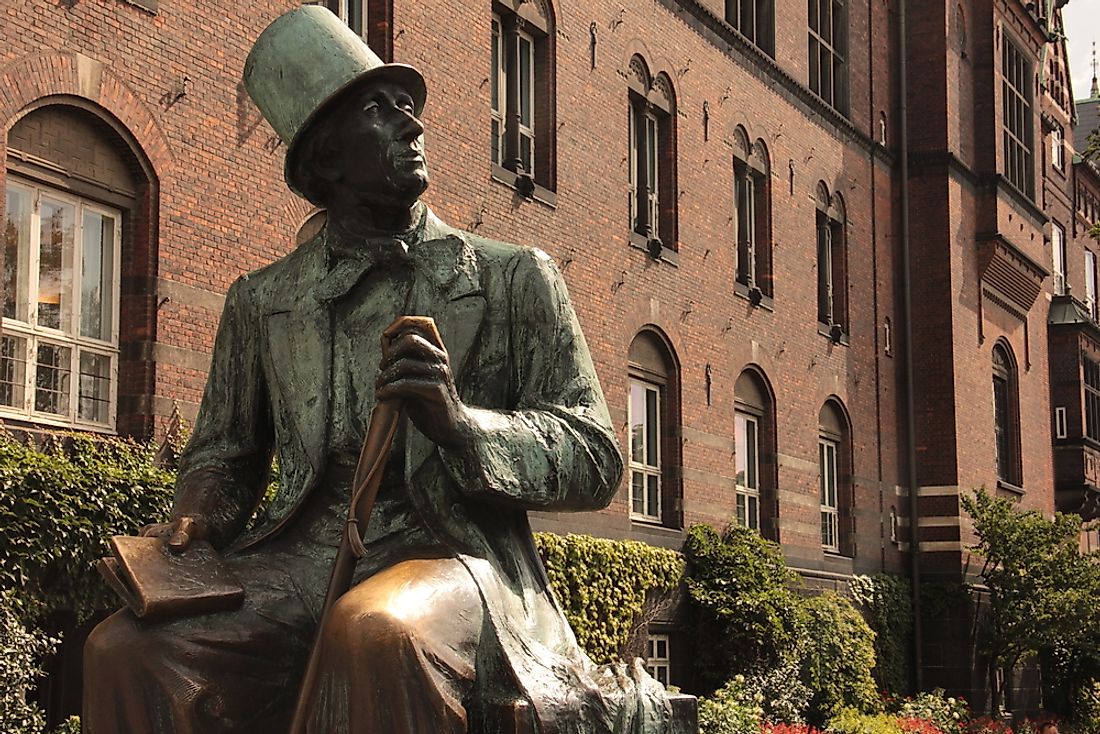
Hans Christian Andersen is one of the city’s famous figures. He was an author of plays, poems, novels, and fairy tales. He died on August 4,1975, and a statue was erected in his honor. Kasper Schmeichel is also another notable figure. The Danish football goalkeeper is famous for winning the English Premier League title in the 2015-2016 season and helping his team reach the quarter final of the EUFA Champions League during the 2016-2017 season.








